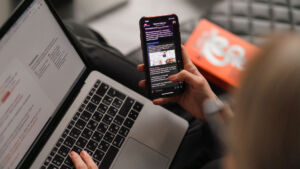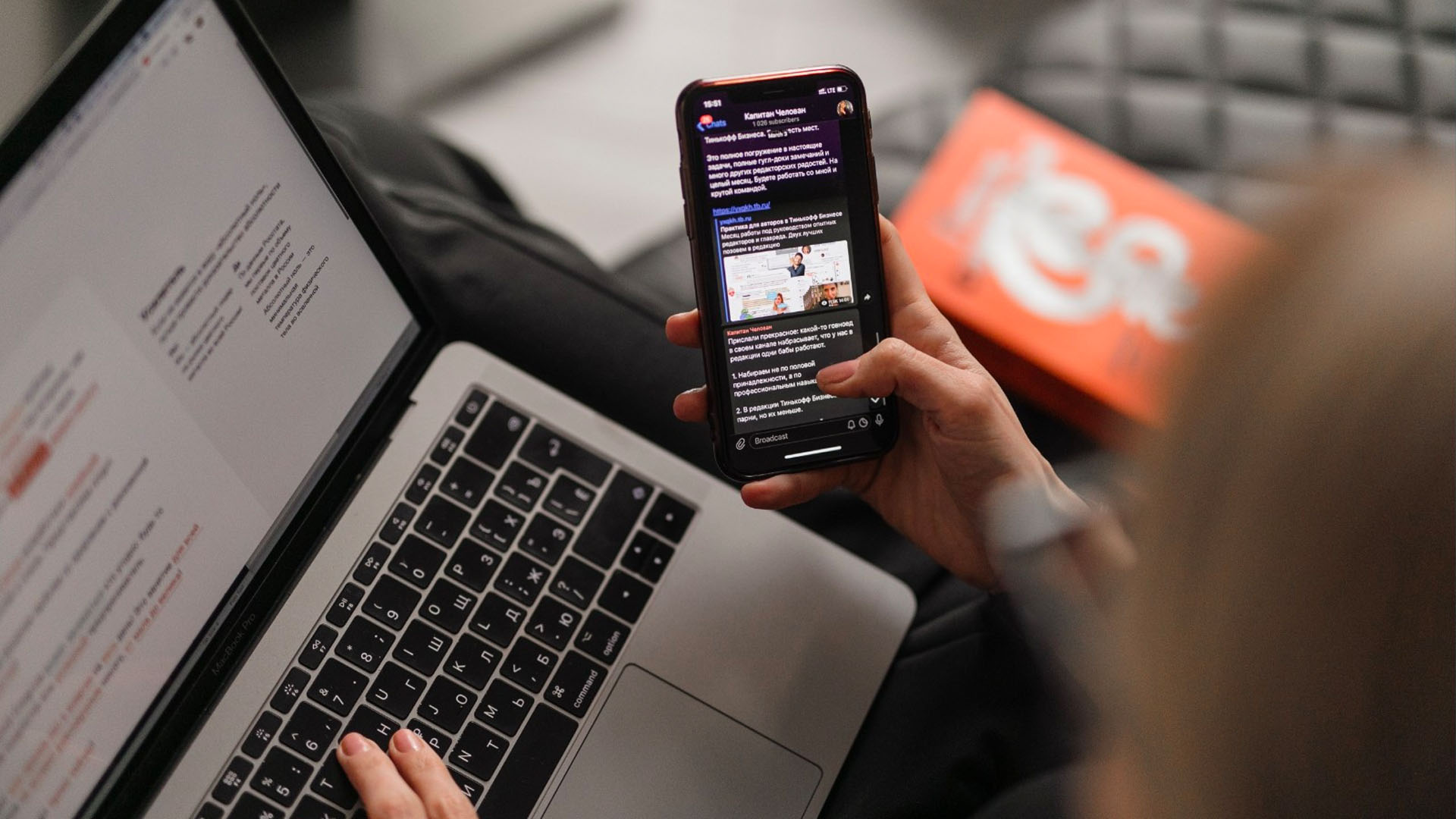I once had a middle school student tell me they woke up to 247 notifications on their phone. After falling asleep at 2am, phone in hand, this student awoke at 6am to find all of those notifications. 247 notifications in just four hours! As an adult, I cannot fathom waking up to so many missed notifications. Despite not caring much about the notifications, this student was still filled with anxiety about needing to look through each of them so they could be prepared to engage in the discussions that would take place between friends at school that day. Can you imagine looking through 247 notifications at six in the morning to make sure you were prepared for school? This is the technology-driven world we live in today. I often find the term digital citizenship confusing. Most of us do not fully understand the term citizenship in this context. We’re not being asked to prove our citizenship, study another country’s history to take a test, or disavow our allegiance to one country for acceptance into another. Our students especially do not understand this term; yet, we throw around the term digital citizenship and expect students to grasp the meaning. Instead of using the term citizenship, I like to use the term responsibility. Responsibility is a term that requires action and is exactly what the tenets of digital citizenship ask us to do – be responsible citizens of our digital world.
Responsibility is a term that requires action and is exactly what the tenets of digital citizenship ask us to do – be responsible citizens of our digital world

We, as educators, need to teach our students to be positive participants in our digital world much like we teach them to be positive participants in our physical world.
- We can do this by implementing real-life lessons into our content through launch activities or embed them into our lesson content.
- We can recognize and praise positive digital behavior when we see it take place.
- We can create a safe environment where students can speak freely about issues taking place in the digital or physical world.
- We can understand that we all get anxious when we are separated from our digital world.
All of the above are great ways to promote digital responsibility, but the most important way to promote digital responsibility is to model it. Students need to see adults struggling, learning, and succeeding so they know it’s not just a student problem.
- There are teachers who struggle to get up every day after staying up late playing video games.
- There are teachers who are learning how to make safe purchases online.
- There are teachers who succeeded in implementing new tech tools throughout the pandemic.
- There are teachers who struggle to manage time spent on their phones viewing either social media or email.
- There are teachers who are learning how to avoid comparing others’ perfect Instagram to their less than perfect reality.
- There are teachers succeeding in creating a balance between the digital world and the physical one.
Which one of these teachers are you?
Digital responsibility is NOT just a student problem. It is an everyone problem. As adults and educators, being digitally responsible requires us to take stock of the amount of technology used in our own lives and classrooms. Digital responsibility asks that we create a safe digital learning environment for students while modeling positive digital behaviors ourselves. Technology is not the enemy. Read that again: technology is not the enemy! Technology is simply a tool we, as humans, decide to use. We decide how much technology to allow into our lives, homes, and classrooms, and that decision can be as easy as following these steps:
- Mute notifications
- Set do not disturb
- Set social media time limits
- Unplug for at least one hour a week
Digital responsibility asks that we create a safe digital learning environment for students while modeling positive digital behaviors ourselves.
Every day you make choices which put you in control of the technology in your life. Model this behavior in the classroom so students can see and learn with you. This is how we create a more digitally sustainable future for everyone. To learn more watch our ondemand session: How to Create a Sustainable Digital Future.
Resources
Please login or register to claim PGPs.
Alternatively, you may use the PGP Request Form if you prefer to not register an account.



